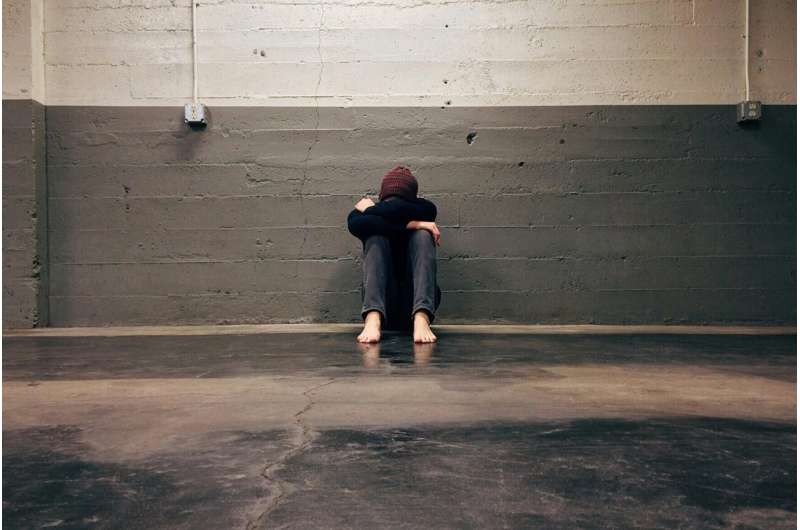
According to the American Academy of Pediatrics, suicide is the second leading cause of death for 10- to 24-year-olds. Deaths are only a portion of the problem; every year, millions of Americans seriously think about suicide, plan or attempt suicide, contributing to lasting impacts on individuals, families and communities.
As children grow and become more independent, it can be more challenging for parents to know the difference between the normal ups and downs of adolescence and when a child is really struggling.
Suicide is a global health crisis. Between 2007 and 2019, there was a significant increase in suicides among that age group, and during the COVID-19 pandemic, emergency department (ED) visits for suicide attempts further increased among adolescents 12 to 17 years of age: 50.6% higher in girls and 3.7% higher for boys. Social media has exacerbated the problem, as online bullying and harassment can be difficult to track and prevent.
While health care providers are trained to identify the risk factors in at-risk age groups, parents and caregivers are on the front lines, well-positioned to help if their child is struggling. Here are some tips for families if they see their child is struggling:
- Know the difference between a bad mood and something more serious. It’s normal for a child or adolescent’s mood to go up and down, but pay attention to what they are—or aren’t—saying and doing. Watch for major changes in your child’s sleep patterns, appetite and social activities.
- Understand that the world has changed, and times are different. The proliferation of the internet and social media has had an adverse effect on everyone’s mental health, and children are facing threats you may have never heard of or experienced. Social media may be the primary way some adolescents engage with their friends, but at the same time, social media can be a source of bullying and triggers. Encourage an open dialogue around social media use and ask how your adolescent feels after using social media, and if necessary, limit their use in favor of family and in-person activities.
- Respond with empathy and patience. Dismissing what you’re seeing or hearing as “teenage drama,” or responding with anger or impatience invalidates their feelings and experiences. Using statements such as “I’m sorry you are feeling this way—can you share a bit more?” and “It sounds like you’re in tremendous pain, and you can’t see a way out” lets them know that you are listening and want to help.
- Get help right away. If you are concerned about depression, self-harm or vague references to suicide thoughts, seek care from your primary care provider as soon as possible. You can consider reaching out to a school therapist, local mental health provider or even a national suicide hotline for guidance. If you have any concern that your teen is at more immediate risk for attempting suicide, take them to the emergency department of your local hospital or call 911.
If your child is considering suicide, call or text 988 or chat on 988lifeline.org right away. The Lifeline provides 24/7, free and confidential support for people in distress, prevention and crisis resources for you or your loved ones.
Citation:
What parents, caregivers can do if their child is struggling with mental health (2024, September 19)
retrieved 21 September 2024
from https://medicalxpress.com/news/2024-09-parents-caregivers-child-struggling-mental.html
This document is subject to copyright. Apart from any fair dealing for the purpose of private study or research, no
part may be reproduced without the written permission. The content is provided for information purposes only.

